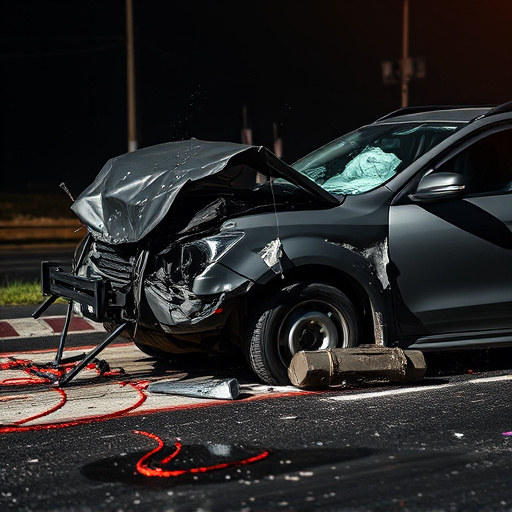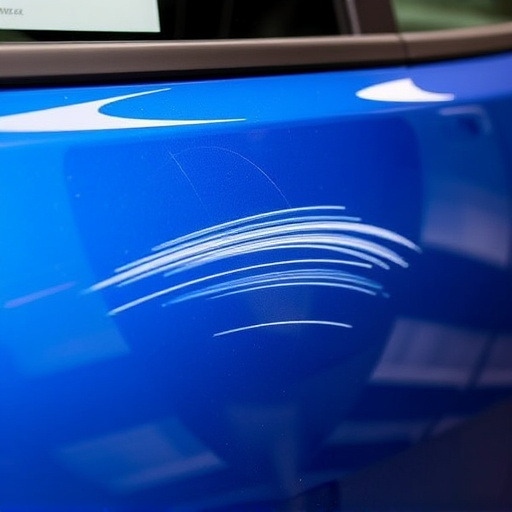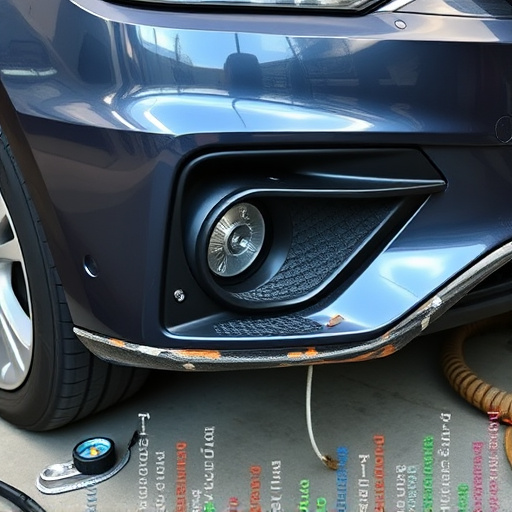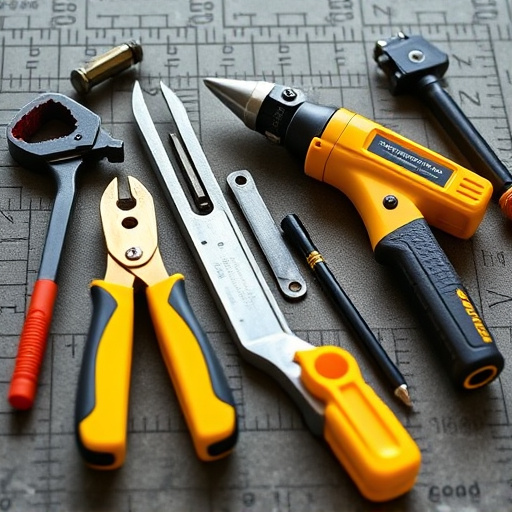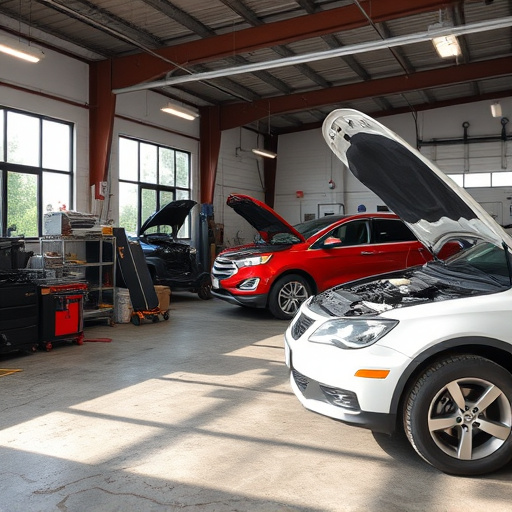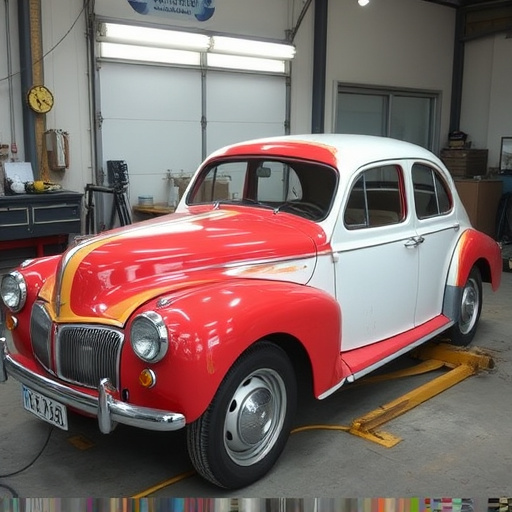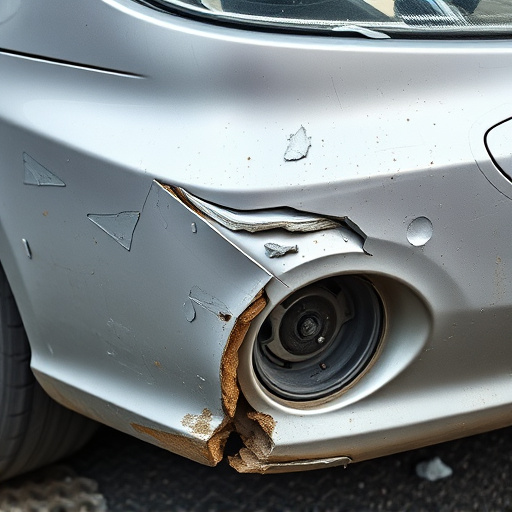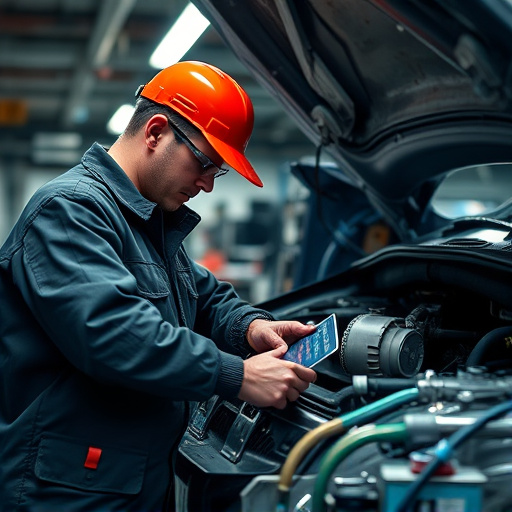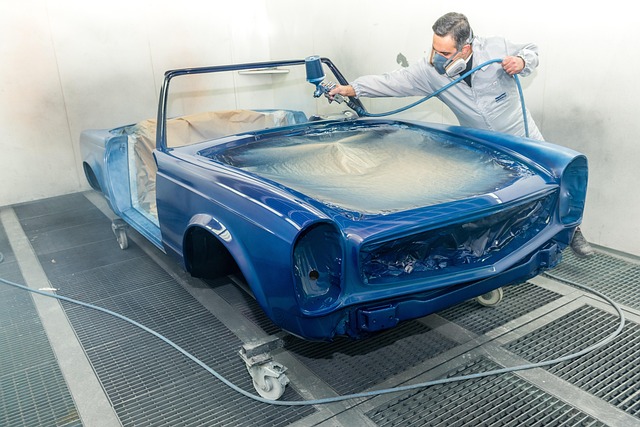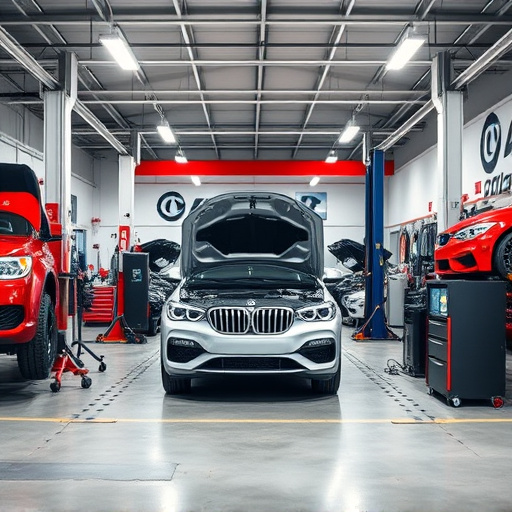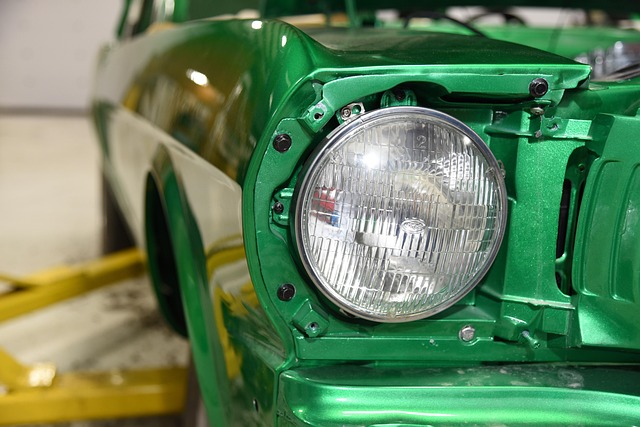Assess damage extent, vehicle age & condition, and aesthetic preferences to decide between repairing or replacing a vinyl wrap. Prioritize long-term savings, aesthetics, and sentimentality for newer vehicles; cost-effectiveness for older ones. Regular replacement over repeated repairs prevents corrosion, hidden costs, and future body shop visits.
When is it time to say goodbye to your vehicle’s vinyl wrap and embrace a fresh start? This guide explores the nuances of replacing versus repairing damaged wraps, helping you make informed decisions. Assess the extent of the damage; if repairs would be costly or leave visible traces, replacement might be the smarter choice. Weighing the cost-benefit analysis and understanding long-term savings can save you money and maintain your vehicle’s aesthetic appeal. Discover when a wrap replacement is the game-changer your ride deserves.
- Assess Damage: When Repair Isn't Viable
- Cost-Benefit Analysis: Replace or Repair
- Long-Term Savings: Preventing Future Issues
Assess Damage: When Repair Isn't Viable
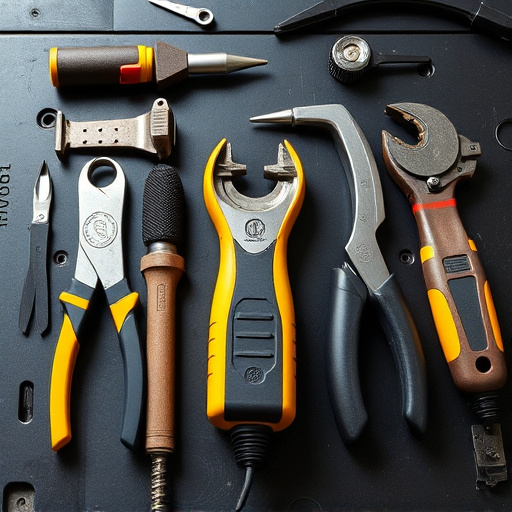
When deciding between repairing or replacing a damaged vinyl wrap, assessing the extent of the harm is crucial. If the damage extends beyond minor scuffs or scratches, with substantial tearing, bulging, or extensive color loss, repair might not be a viable option. In such cases, replacement may be the best course of action. Fleet repair services often encounter this dilemma, especially for vehicles subjected to harsh conditions or frequent use.
Car bodywork that has undergone significant damage may require complete removal and replacement of the wrap to ensure a seamless, factory-like finish. While vinyl wrap repair can be effective for smaller issues, major defects could compromise the integrity of the new wrap, leading to future problems. Thus, evaluating the damage critically is essential before committing to either repair or replacement, ensuring you make an informed decision tailored to your specific situation.
Cost-Benefit Analysis: Replace or Repair
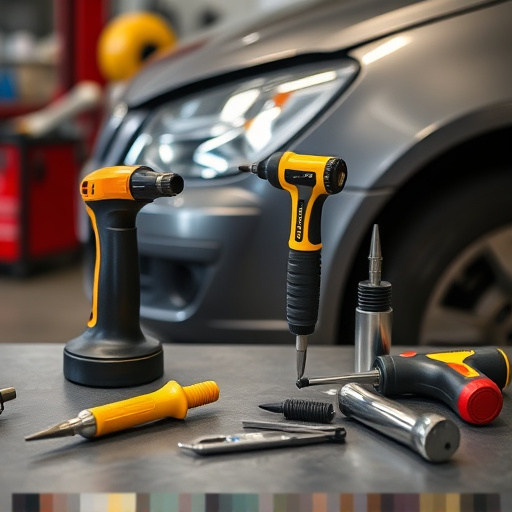
When deciding between replacing or repairing a damaged vinyl wrap, conducting a cost-benefit analysis is crucial. While immediate repairs might seem like the cheaper option, especially for minor scratches or dents, replacement could offer long-term savings and better aesthetics. Consider the extent of damage: for deeply scratched or faded wraps, replacement may be more economical than multiple repair sessions. A mercedes benz collision repair shop can provide expert advice on this.
Additionally, factor in the age and condition of your vehicle. If it’s an older model with limited resale value, spending money on a scratch repair might not make financial sense. In contrast, if you have a newer car or one with sentimental value, repairs could extend its life and maintain its appearance. Choosing between replacement and repair ultimately depends on balancing these factors, ensuring you get the most bang for your buck while keeping your vehicle looking its best at a car repair shop near you.
Long-Term Savings: Preventing Future Issues
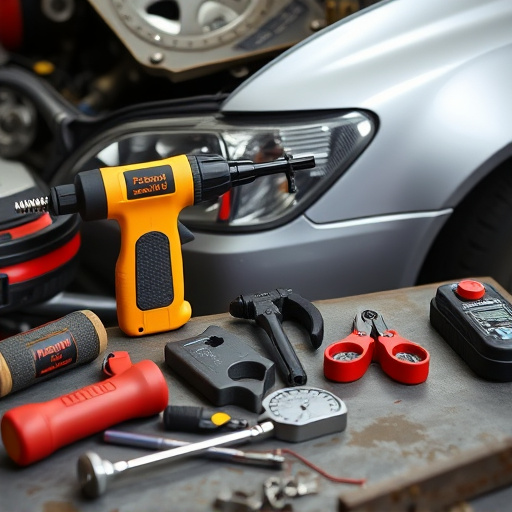
Investing in regular maintenance and timely replacements can offer long-term savings for vehicle owners, especially when it comes to vinyl wraps. While repairs might seem like a quick fix, repeated mends can weaken the wrap’s integrity, making it more susceptible to future damage. A torn or damaged vinyl wrap isn’t just an aesthetic issue; it can expose the underlying paint and material to elements, leading to corrosion and further expenses in a mercedes benz repair or other automotive body shop services.
By replacing the wrap instead of continually repairing it, you prevent these hidden costs and potential long-term issues. A fresh wrap acts as a protective barrier, shielding your vehicle from environmental factors and everyday wear and tear. This proactive approach ensures your car maintains its original look and can save you money in the future, eliminating the need for frequent visits to the body shop.
In light of the above discussions, it’s clear that while vinyl wrap repair can extend the life of your vehicle, replacing the wrap is often a more sustainable option in the long run. Assessing damage and conducting a cost-benefit analysis are crucial steps to determine whether to repair or replace. By prioritizing timely replacements, you not only save on costs but also prevent future issues, ensuring your vehicle maintains its original appeal and value.
